
+91 8095511877

+91 8095511877
In an elbow replacement surgery, the damaged parts of your elbow get replaced with artificial implants. It is for those who have had their elbows harmed either by rheumatoid arthritis or any other injury. Once you have an elbow replacement surgery, you will be able to move your arms better. Your pain will be lesser.
A surgeon will replace your elbow with an artificial joint. This joint will have two implants that attach to the bones in your arm. A metal and a plastic hinge join the hands together. Elbow replacement surgery is quite similar to hip replacement and knee replacement surgery. There are different types of surgery.
There are many conditions that will require you to have elbow replacement surgery. These include:
In some cases, you may need only partial replacement. It means that only a portion of your joint will need to get replaced. In other cases, your entire joint might need to get replaced. There are two types of prosthetic devices available:
Initially, your surgeon will make a small incision at the back of your elbow. This cut helps the surgeon to reach the elbow joint.
After this, your surgeon will move the muscles surrounding the bone aside. It will help them get access to the bone.
There will be some scar tissue and spurs that are around the joint. The surgeon will remove these and will prepare your humerus so that it fits the artificial piece.
The next step is to prepare your ulna. The surgeon will place the replacement stems into your humerus and ulna bones. It will be kept intact with bone cement. A hinge pin will connect these two stems.
After a while, the wound will be closed, and you will have a padded dressing in that place. It is to protect the incision made as it heals.
In some cases, they might place a temporary tube in the joint to drain the surgical fluid. The tube will be removed a few days after your surgery.
These are the most common complications after an elbow replacement surgery:
Your elbow area may feel tender for 2 to 4 weeks after the surgery. The swelling will slowly start to go down during this time. During the first week after the surgery, you will have a soft splint that will hold your elbow in place. After your incision has healed, you will have to use a harder splint or a brace that will have a hinge.
You can start driving after 4 to 6 weeks after the surgery. Full recovery will take about a year


This article has been reviewed for medical correctness and relevance by
Dr Jagadeesh PC
Dr.P.C.Jagadeesh is a consultant Orthopaedic Surgeon with special interests in Arthroscopy and Sports Medicine. He is highly experienced in Ligament Reconstruction in Knee, Rotator Cuff. He is also adept at Complex Joint Trauma, Knee Replacement, Shoulder Replacement and Elbow Replacement. Dr. Jagadeesh has performed over 5000 Knee Arthroscopic Surgeries and 1200 Shoulder surgeries.

Warda Mohamed
Qatar
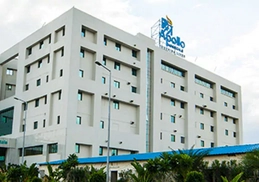
Apollo Chennai
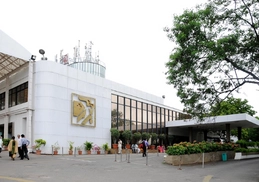
Apollo Health City
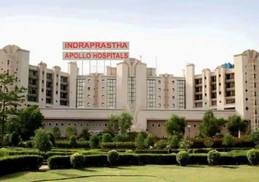
Apollo Indraprastha
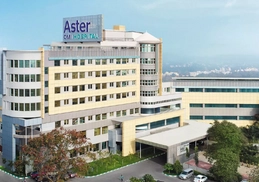
Aster CMI
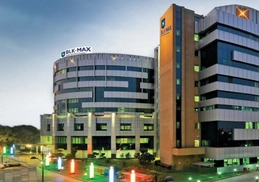
BLK Hospital
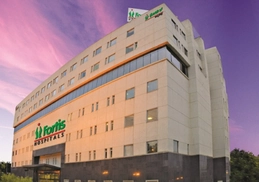
Fortis Bangalore
Frequently Asked Questions
Are elbow replacements successful?
How long does it take to recover from elbow replacement surgery?
How long does elbow surgery take?
What will be the cost of elbow replacement surgery in India?